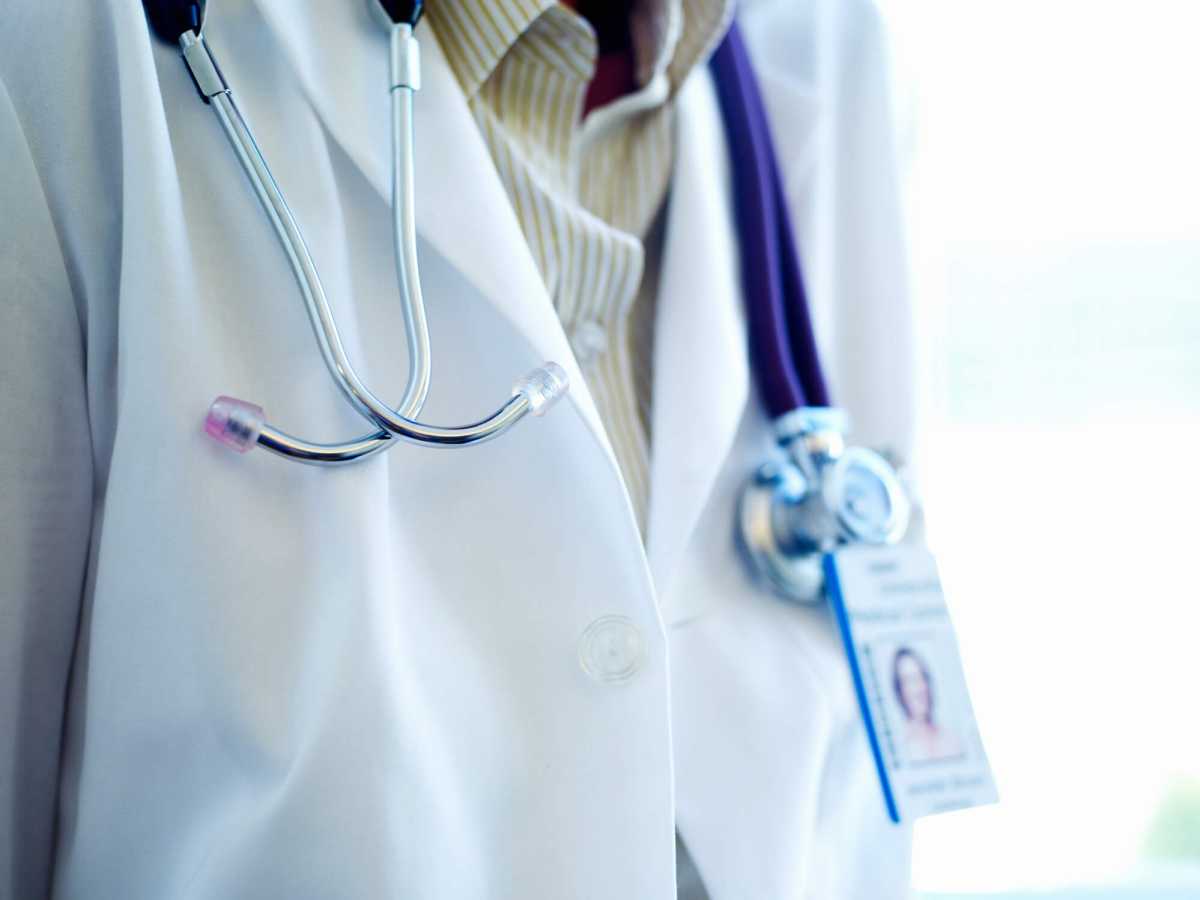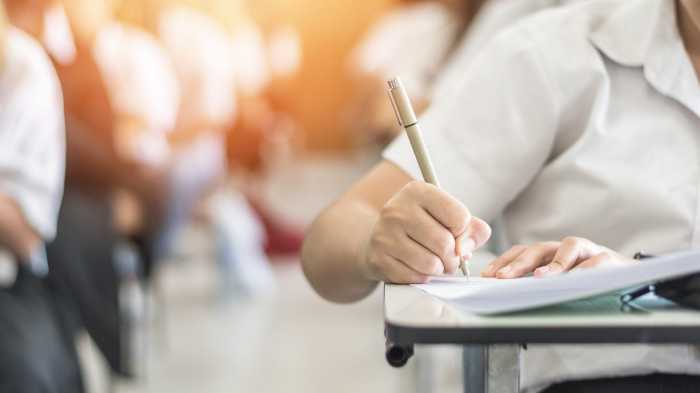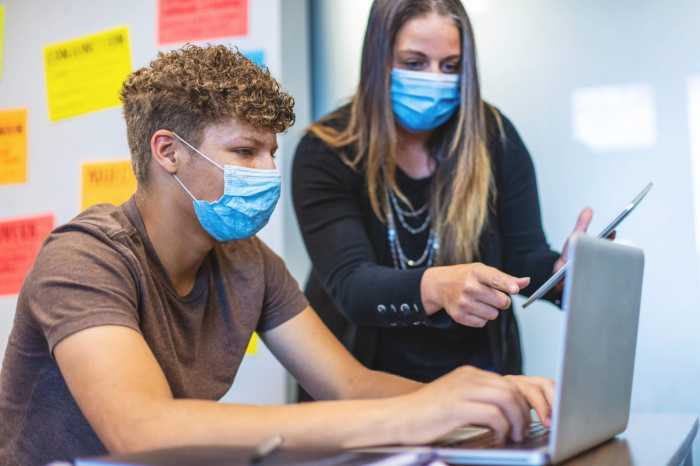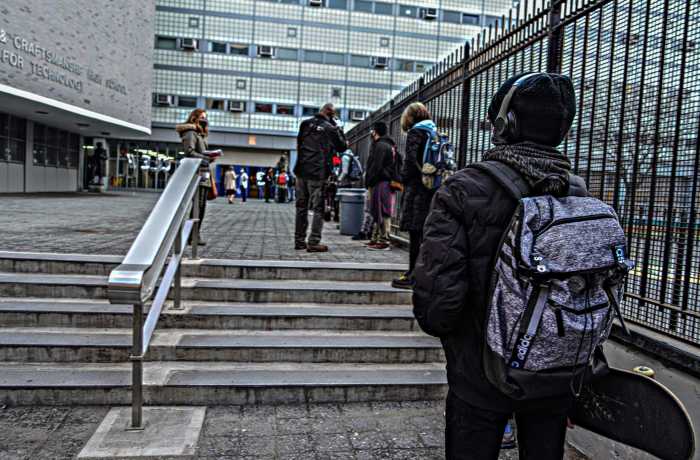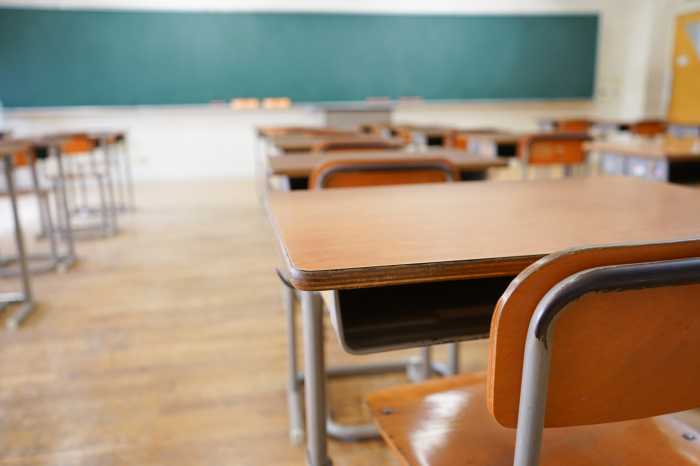City officials released updated health and safety guidance for public school families earlier this week less than three weeks before the five boroughs’ roughly 1.1 million public school students are scheduled to start classes.
The long-awaited guidance, outlined in a 13-page-long “guidebook,” revealed that the City will test 10% of every public school’s unvaccinated students and staff for COVID-19 twice a month, all students in a classroom with a positive COVID-19 case will need to quarantine for 10 days and that students with some health conditions can be approved for home learning.
But the guidelines are scant in details and will be updated in the short time leading up to the first day of classes on Sept. 13, Mayor Bill de Blasio promised on Thursday. And as COVID-19 cases, while still low, continue to increase across New York City some parents may still be worried about how to best keep their children as well as other children safe from the virus this fall.
amNewYork Metro spoke with three physicians with expertise in infectious disease and pediatrics and asked them for their thoughts on what families can do to help mitigate the spread of the virus.
Here is a brief list of the things parents and students can do in order to better protect themselves this upcoming school year.
If you can, get vaccinated
The main reason why the threat of contracting COVID-19 is less of a threat this year compared to the spring or last fall is the existence of inoculations against the virus. In New York City, about 65% of all residents have gotten at least one dose of a COVID-19 vaccine while about 60% of vaccine-eligible children, or 310,183 12 to 17-year-old kids, have gotten at least one dose of the Pfizer-BioNTech vaccine. At the moment, the Food and Drug Administration has granted the Pfizer vaccine an emergency use order for children 12 and up.
In New York City, all public school teachers have to get at least the first dose of a COVID-19 vaccine by Sept. 27 and student-athletes playing “high risk” sports where players come into close contact like football and basketball must get the first shot by the start of competitive play. Not only does getting a COVID-19 vaccine provide protection to the recipient, but it decreases the odds of others who can not get the inoculation from contracting the virus.
“The biggest thing is vaccination, I can’t emphasize that strongly enough,” said Dr. Philip Zachariah, assistant professor of pediatrics at Columbia University Vagelos College of Physicians and Surgeons. “It’s really an unequal playing field for children because they don’t have the opportunity to get the vaccine while every adult with few exemptions for true medical contraindications has the opportunity to do so.”
Layer up on masks and wear one whenever possible
In New York City public schools this fall, all adults and children will be required to wear masks while indoors except when eating or during designated mask breaks, according to Department of Education health and safety protocol. As cases continue to go up, and especially as the weather begins to change, children should also consider wearing masks while outdoors. Dr. Anne Liu, clinical associate professor of pediatrics and of medicine at the Stanford University School of Medicine, recommends that children double up on masks during the school day or use a cloth mask with a filter. Kids should first cover up with well-fitted surgical masks, N95 if they have access to one, and use a cloth mask as a second layer of protection. Ensuring the mask is well-fitted is key.
“Masking should be consistent and enforced, and good quality, well-fitting masks should be used,” Liu wrote in an email to amNewYork Metro.
At home, encourage the importance of social distancing during school
The Centers for Disease Control and Prevention recommends that schools work to ensure that students keep three feet apart at all times in order to mitigate the spread of the virus. But in its health and safety guidelines, the organization recognizes that maintaining this level of social distance and accommodating all students in person will be challenging. As a result, the CDC discourages schools from enforcing the so called 3-foot-rule if it hinders a full reopening.
Dr. Roberto Posada, associate professor in the divisions of infectious diseases and medical education in the department of pediatrics at Mount Sinai Kravis Children’s Hospital and the Icahn School of Medicine at Mount Sinai, encourages parents to speak to their children about the importance of social distancing at home so that kids try to do so while in school buildings. Posada argues that students should try to stay at their desks, which will most likely be spaced apart from classmates, as much as possible in order to maintain social distance.
Skip sleepovers and indoor parties
Mixing quarantine “bubbles,” or small groups of people quarantining together, is still probably not the best idea for families, according to the physicians. Families should limit their indoor maskless contacts outside of school which means cutting out some activities, according to Dr. Liu.
“Putting sleepovers and indoor parties on hold will help schools stay open,” Liu wrote to amNewYork Metro.
Avoid large indoor gatherings especially if your child has an underlying health condition
Families and students should avoid attending indoor gatherings where the vaccination of status of attendees is unknown in general, according to Dr. Zacariah. Families and students with underlying health risks for COVID-19 complications like diabetes, heart disease, or an autoimmune disorder should be extra hesitant to attend a large gathering.
“If you’re invited to a big wedding and then it’s a big party and is indoors, and you’re not sure of what the vaccination status is… if you have a child who has a lot of risk and comorbidities or has horrible heart disease. It might not be a good idea to take the child,” said Zacariah.
Don’t isolate kids but do not act as if everything is “back to normal”
Dr. Zacariah noted the importance of in-person learning for children’s mental health especially after being cooped up indoors for a year and a half amid the pandemic. Although parents should be cautious when it comes to allowing their children to take part in certain after-school activities or to see friends they should take into account the size of gatherings, “the intensity” of an activity and their child’s potential risk into consideration.
” The extremes are going completely back to normal, or to completely sort of seclude yourself from the world and go back to like completely in online learning, which I don’t think is a good idea,” said Zacariah.
“I don’t think that doing either that either of the two extremes. Now that we have vaccination as a tool is like the way to go. So we have to do it in a way that is a little bit more thoughtful.”



